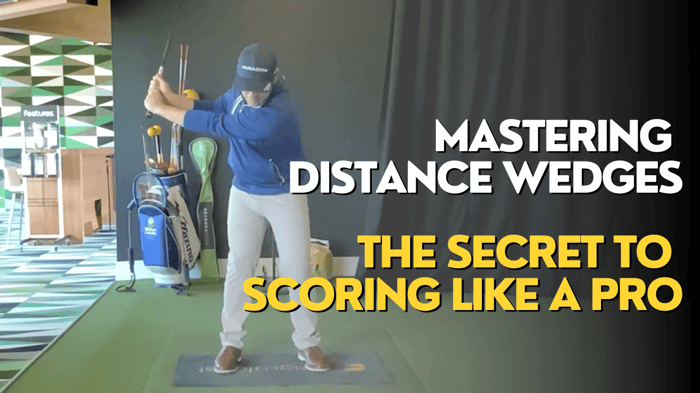Welcome to our Golf Swing Tips Series. In today's episode we will be discussing how to practice effectively in order to achieve long-term improvement. The key to effective practice is to create cognitive stress, allowing our synapses to keep firing and promoting constant learning. We'll be delving into three crucial components of practice: spacing, variability, and challenge. By mastering these components, you can make your practice sessions more engaging and enjoyable.
Spacing: The Importance of Time Between Shots
Spacing refers to the time between shots, which is crucial for creating cognitive stress. This stress forces us to recall what we just did, contributing to long-term improvement. It's similar to the difference between repeating the same calculation over and over versus recalling the answer after a pause. When practicing, ensure you create enough spacing between shots to facilitate cognitive learning.
Variability: Mixing Up Distances and Shot Types
Variability involves changing distances or shot types during practice. This keeps your brain engaged and prevents you from becoming too comfortable with a single shot. By varying your targets, distances, and types of shots, you challenge your brain to adapt and learn more effectively.
Challenge: Pushing Yourself to the Brink of Failure
When practicing, it's essential to set challenging goals that push you to the brink of failure while still maintaining the excitement that keeps you coming back for more. One way to create a challenge is by setting specific goals for yourself, such as aiming for a certain proximity to the hole or achieving a particular shot type. If you fail to meet these goals, take a short break before resuming practice. This adds cognitive stress and promotes better learning.
Interleaving Practice: Combining Drills and Challenges
Interleaving practice involves mixing a variety of drills with challenges. This could include focusing on specific techniques or positions during practice swings, followed by attempting to execute a shot that meets a particular goal. Remember to vary your distances, targets, and shot types as you practice, and if you fail, take a one-minute break before trying again. This makes practice more specific, creates more spacing, and promotes better cognitive learning.
Conclusion:
In order to practice more effectively, focus on mastering spacing, variability, and challenge. Incorporate these components into your practice sessions by creating practice stations, setting specific goals, and combining drills with challenges. This will not only make your practice more meaningful but also more enjoyable, ultimately leading to better performance on the course.
If you have any questions or need help developing your practice plan, don't hesitate to reach out. And if you enjoyed this post, don't forget to like, subscribe, and share! We look forward to seeing you again soon.





